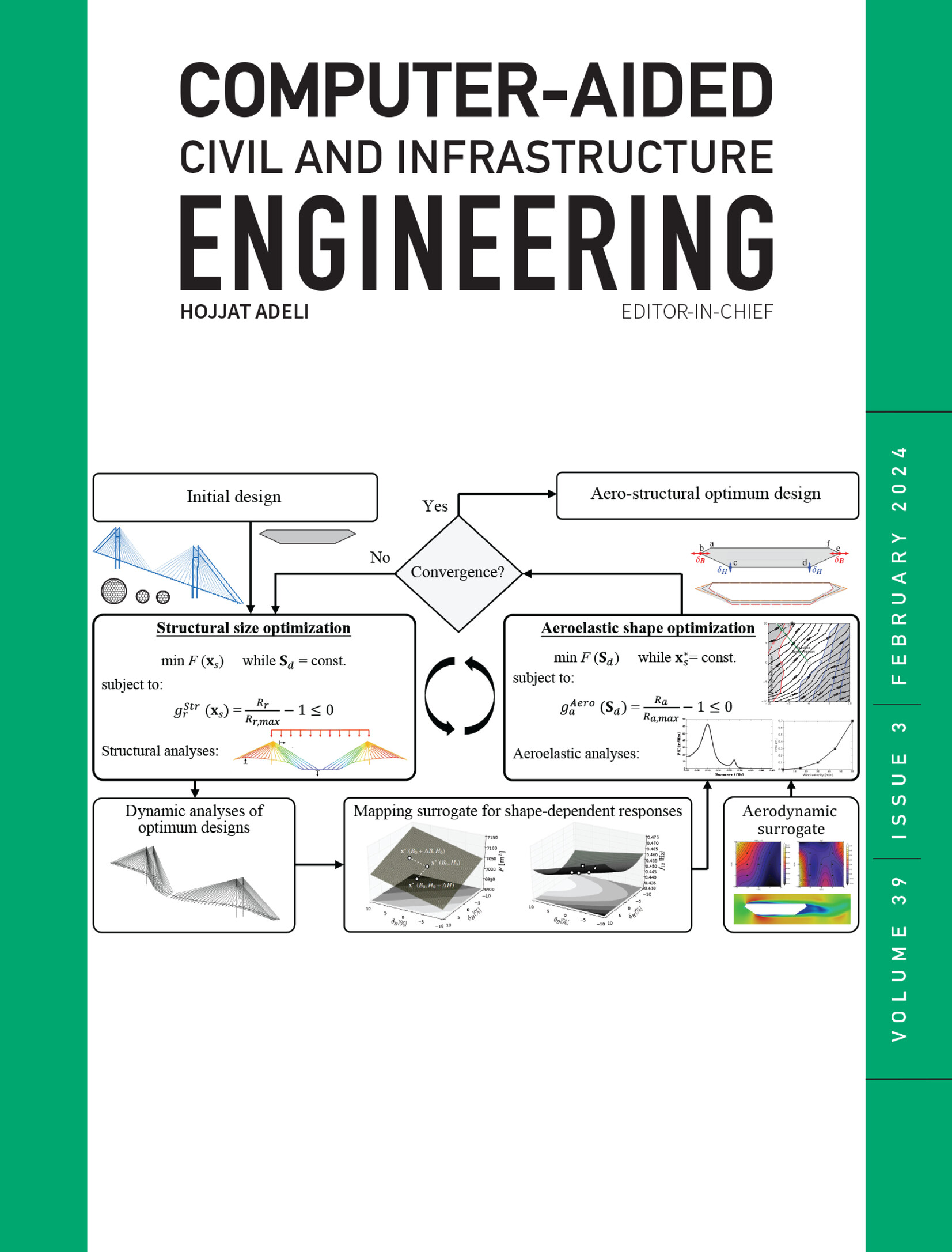土木工程领域潜在知识推理的语用因果关系假设生成
IF 9.1
1区 工程技术
Q1 COMPUTER SCIENCE, INTERDISCIPLINARY APPLICATIONS
引用次数: 0
摘要
结构健康监测(SHM)研究产生了大量的信息,特别是非结构化数据格式。迄今为止,大多数自然语言处理(NLP)应用侧重于提取信息(语法或语义层面),而不是提供潜在的知识和生成新的信息(语用层面)。因此,本研究提出了一个集命名实体识别(NER)模型(BERT-BiLSTM-CRF)、领域特定知识图(KG)和假设生成于一体的实用NLP框架。使用标记数据集,语义感知NER模型实现了0.8998的准确率和0.8705的F1分数,允许对未见文本进行精确的标签预测。然后,特定领域的KG在不同的文献中构建了相互关系,融合了见解。从这个丰富的KG,框架产生候选假设,以提供潜在的知识。在这项工作中,通过显示与文献的强相关性来验证生成的假设。本研究的结果显示了语用NLP在SHM中的潜力,为潜在知识推理和跨学科研究发现提供了途径。本文章由计算机程序翻译,如有差异,请以英文原文为准。
Hypothesis generation from pragmatic causal relationships for latent knowledge reasoning in the civil engineering domain
Structural health monitoring (SHM) research generates vast amount of information, especially as unstructured data formats. To date, most natural language processing (NLP) applications focus on extracting information (syntactic or semantic level) rather than providing latent knowledge and generating newer information (pragmatic level). Thus, this study proposes a pragmatic NLP framework integrating named entity recognition (NER) model (BERT–BiLSTM–CRF), domain‐specific knowledge graph (KG), and hypothesis generation. Using a labeled dataset, the semantic‐aware NER model achieved 0.8998 accuracy and 0.8705 F1 score, allowing precise label prediction for unseen texts. Then, domain‐specific KG constructed interrelations across diverse literature, blending insights. From this enriched KG, the framework generated candidate hypotheses to provide latent knowledge. In this work, the generated hypothesis is validated by showing a strong correlation to the literature. The results of this study showed the potential of pragmatic NLP on SHM, offering pathways for latent knowledge reasoning and cross‐disciplinary research insight discovery.
求助全文
通过发布文献求助,成功后即可免费获取论文全文。
去求助
来源期刊
CiteScore
17.60
自引率
19.80%
发文量
146
审稿时长
1 months
期刊介绍:
Computer-Aided Civil and Infrastructure Engineering stands as a scholarly, peer-reviewed archival journal, serving as a vital link between advancements in computer technology and civil and infrastructure engineering. The journal serves as a distinctive platform for the publication of original articles, spotlighting novel computational techniques and inventive applications of computers. Specifically, it concentrates on recent progress in computer and information technologies, fostering the development and application of emerging computing paradigms.
Encompassing a broad scope, the journal addresses bridge, construction, environmental, highway, geotechnical, structural, transportation, and water resources engineering. It extends its reach to the management of infrastructure systems, covering domains such as highways, bridges, pavements, airports, and utilities. The journal delves into areas like artificial intelligence, cognitive modeling, concurrent engineering, database management, distributed computing, evolutionary computing, fuzzy logic, genetic algorithms, geometric modeling, internet-based technologies, knowledge discovery and engineering, machine learning, mobile computing, multimedia technologies, networking, neural network computing, optimization and search, parallel processing, robotics, smart structures, software engineering, virtual reality, and visualization techniques.

 求助内容:
求助内容: 应助结果提醒方式:
应助结果提醒方式:


